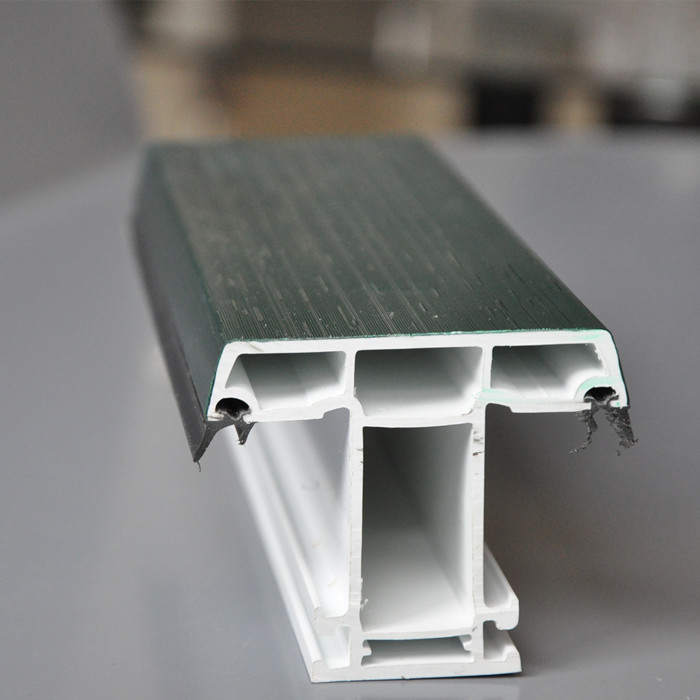Plastic extrusion for extra-durable, resilient materials
Plastic extrusion for extra-durable, resilient materials
Blog Article
Comprehending the Fundamentals and Applications of Plastic Extrusion in Modern Production
In the world of modern-day manufacturing, the technique of plastic extrusion plays a crucial role - plastic extrusion. This intricate procedure, including the melting and shaping of plastic through specialized dies, is leveraged throughout various sectors for the development of varied products. From auto parts to customer items packaging, the applications are large, and the possibility for sustainability is similarly outstanding. Untangling the fundamentals of this process discloses real flexibility and possibility of plastic extrusion.
The Principles of Plastic Extrusion Process
While it might show up complex, the basics of the plastic extrusion process are based upon reasonably straightforward principles. It is a manufacturing process in which plastic is thawed and after that formed right into a continual account with a die. The raw plastic material, often in the form of pellets, is fed into an extruder. Inside the extruder, the plastic goes through warm and pressure, causing it to melt. The molten plastic is then required through a shaped opening, called a die, to create a long, continual item. The extruded item is cooled and after that cut to the preferred size. The plastic extrusion procedure is thoroughly utilized in various industries because of its adaptability, cost-effectiveness, and efficiency.
Different Types of Plastic Extrusion Techniques
Structure upon the standard understanding of the plastic extrusion procedure, it is needed to explore the various methods associated with this manufacturing technique. Both primary methods are profile extrusion and sheet extrusion. In profile extrusion, plastic is thawed and developed right into a continual profile, usually used to develop pipelines, rods, rails, and window frameworks. In comparison, sheet extrusion creates big, flat sheets of plastic, which are commonly further processed into products such as food product packaging, shower curtains, and automobile components. Each strategy needs specialized equipment and specific control over temperature and stress to guarantee the plastic preserves its shape during cooling. Comprehending these methods is key to using plastic extrusion properly in modern-day production.

The Function of Plastic Extrusion in the Automotive Market
An overwhelming bulk view it of components in modern lorries are products of the plastic extrusion process. This procedure has actually transformed the vehicle industry, changing it into an extra effective, economical, and flexible production field. Plastic extrusion is largely utilized in the production of various auto elements such as bumpers, grills, door panels, and control panel trim. The procedure supplies an attire, constant output, allowing manufacturers to produce high-volume get rid of fantastic accuracy and minimal waste. The agility of the extruded plastic components contributes to the general decrease in lorry weight, improving gas effectiveness. Furthermore, the durability and resistance of these parts to heat, cool, and effect enhance the durability of cars. Thus, plastic extrusion plays a crucial role in auto manufacturing.

Applications of Plastic Extrusion in Customer Goods Manufacturing
Beyond its substantial impact on the vehicle industry, plastic extrusion proves similarly reliable in the realm of customer products making. The versatility of plastic extrusion allows suppliers to design and create complex forms and dimensions with high precision and effectiveness. The versatility, flexibility, and cost-effectiveness of plastic extrusion make it a preferred option for lots of consumer goods makers, contributing significantly to the market's development and development.
Ecological Effect and Sustainability in Plastic Extrusion
The prevalent usage of plastic extrusion in manufacturing welcomes examination of its eco-friendly implications. As a procedure that frequently utilizes non-biodegradable materials, the environmental effect can be significant. Power intake, waste production, and carbon exhausts are all problems. internet Industry improvements are increasing sustainability. Efficient machinery decreases energy use, while waste administration systems recycle scrap plastic, reducing raw product needs. Furthermore, the advancement of eco-friendly plastics provides an extra eco-friendly option. Regardless of these improvements, even more advancement is required to reduce the environmental footprint of plastic extrusion. As culture leans in the direction of sustainability, manufacturers must adapt to remain viable, stressing the relevance of continual research study and advancement in this field.
Conclusion
In verdict, plastic extrusion plays a crucial duty in modern-day production, particularly in the vehicle and consumer products industries. Understanding the fundamentals of this process is crucial to enhancing its applications and benefits.

The plastic extrusion process is extensively used in various industries due to its performance, cost-effectiveness, and convenience.
Building upon the basic understanding of the plastic extrusion process, it is essential to check out the various techniques entailed in this manufacturing method. plastic extrusion. In contrast, sheet extrusion creates huge, flat sheets of plastic, which are typically further processed right into products such as food product packaging, shower curtains, and cars and truck parts.An check my site overwhelming majority of parts in modern automobiles are products of the plastic extrusion procedure
Report this page